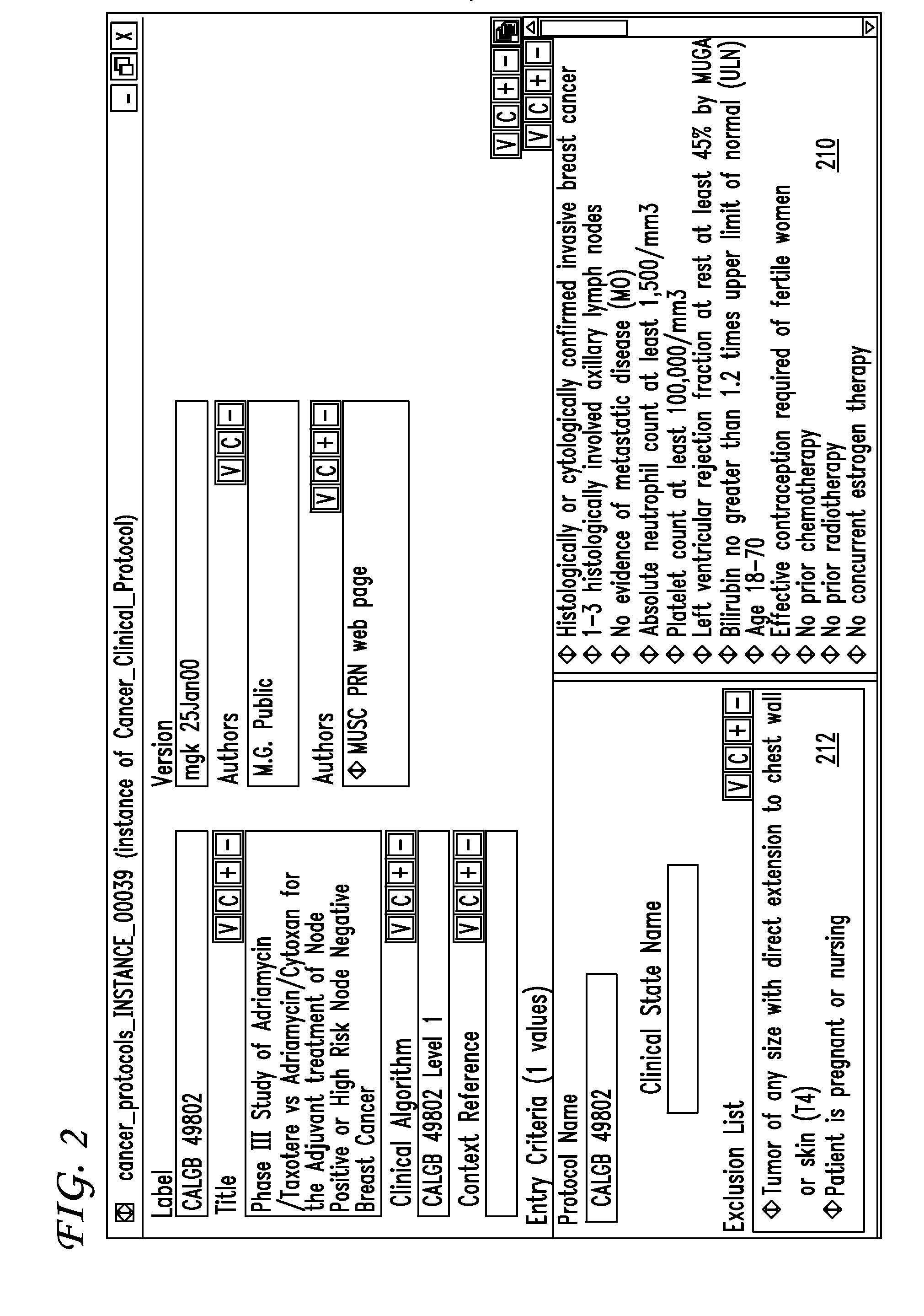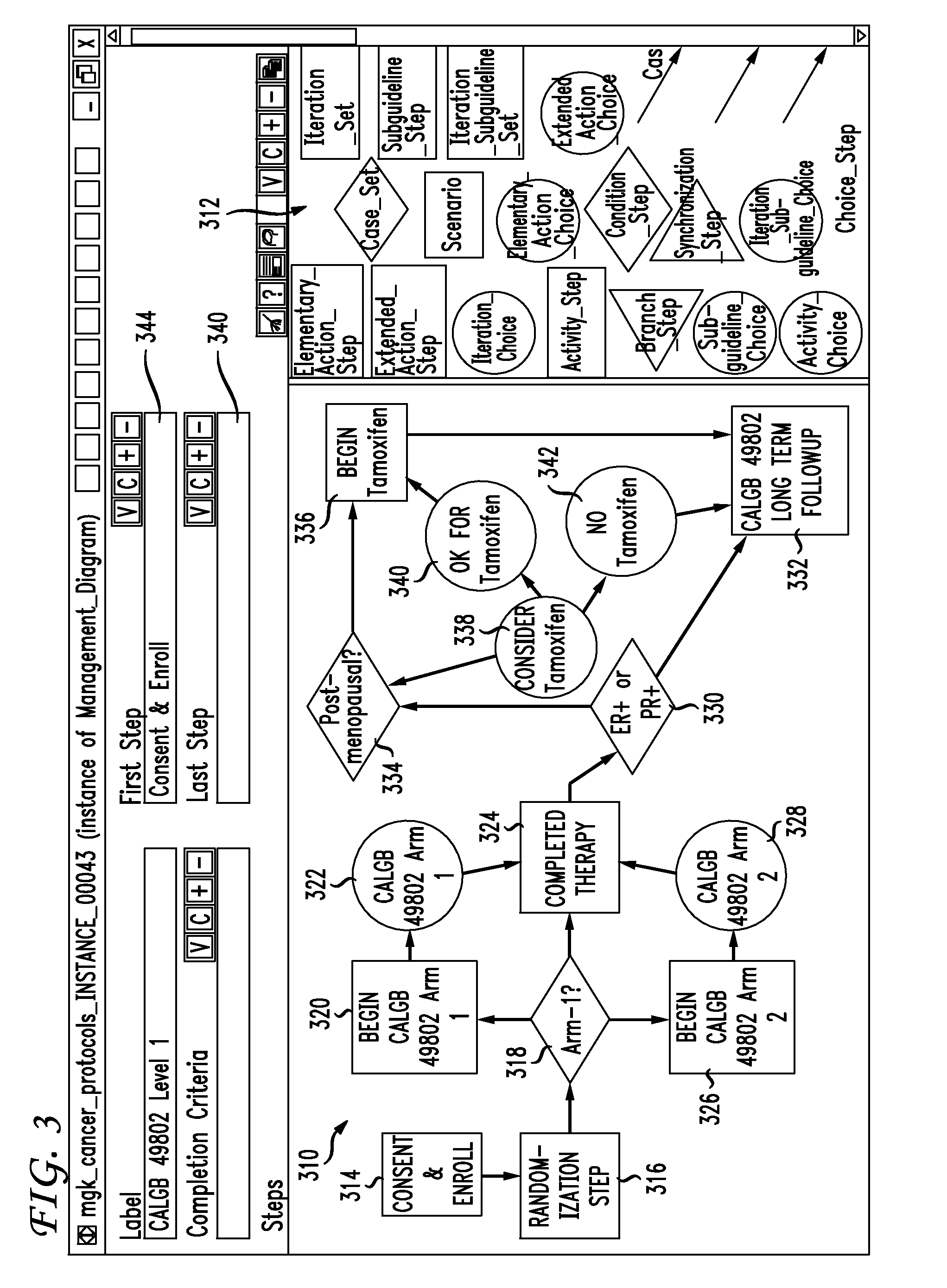The future, however, looks more challenging.
But even with new drugs, with different companies using the same development tools and pursuing similar targets, first-in-category market exclusivity has also fallen dramatically.
Trials are growing both in number and complexity.
In their place, human clinical trials have become the main
bottleneck.
Clinical research remains largely a manual, labor-intensive,
paper based process reliant on a cottage industry of physicians in office practices and academic medical centers.
Any deviations from the protocol specifications, no matter how well intentioned, threaten the viability of the data and its usefulness for an FDA submission.
In addition, this physician typically does not have reliable data about how the inclusion or exclusion criteria, the clinical parameters that determine whether a given individual may participate in a
clinical trial, will affect the number of patients eligible for the study.
The combined
cutting and pasting in both protocol and CRF development often results in redundant items or even irrelevant items being carried over from trial to trial.
The result is that patients who are eligible for a trial often are not recruited or enrolled, errors in following the trial protocol occur, and
patient data are often either not captured at all, or are incorrectly transcribed to the CRF from hand written medical records, and are illegible.
An extremely large percentage of the cost of a trial is consumed with data audit tasks such as resolving
missing data, reconciling inconsistent data,
data entry and validation.
These forms routinely contain errors in
copying data from source documents to CRFs.
Even without transcription errors, the current model of retrospective data collection is severely flawed.
By the time a clinical coordinator fills out the
case report form the patient is usually gone, meaning that any data that was not collected or
treatment protocol complexities that were not followed are generally unrecoverable.
The only solution to this problem is point-of-care data capture, which historically has been impractical due to technology limitations.
Reasons for changing the protocol include new FDA guidelines, amended dosing rules, and eligibility criteria that are found to be so restrictive that it is not possible to enroll enough patients in the trial.
These “accrual delays” are among the most costly and time-consuming problems in clinical trials.
The protocol amendment process is extremely labor intensive.
Further, since protocol amendments are implemented at different sites at different times, sponsors often don't know which protocol is running where.
This leads to additional ‘
noise’ in the resulting data and downstream audit problems.
It is even conceivable that this purely statistical requirement could cause an otherwise useful
drug to fail its trials.
Many of the errors they find are simple transcription errors in manually
copying data from one paper to the other.
Other errors, such as
missing data or protocol violations, are more serious and often unrecoverable.
They consume huge amounts of labor costs, disrupt operations at trial sites, contribute to
high turnover, and often involve locking the door after the horse has bolted.
The major advance in the past few years has the addition of
electronic filing, but this is basically a series of electronic page copies of the same paper documents—it does not necessarily provide quantitative data tables or other tools to automate analysis.
It can be seen that this complex manual process is highly inefficient and slow.
Turnover in the trials industry is also high, so valuable experience from trial to trial and
drug to
drug is often lost.
The net result of this complex, manual process is that despite accumulated experience, it is costing more to conduct each successive trial.
In addition to being slow and expensive, the current clinical trial process often hurts the market value of the resulting drug in two important ways.
Not infrequently, a patient responds to a drug favorably, but is actually counted as a failure due to significant protocol non-compliance.
In rare cases, an entire trial site is disqualified due to non-compliance.
Non-compliance is often a result of preventable errors
in patient management.
The second major way that the current clinical trail process hurts drug market value is that much of the
fine grain detail about the drug and how it is used is not captured and passed from clinical development to marketing within a pharmaceutical company.
Physicians, too, seem reluctant to engage in clinical trials.
One study by the American Society of Clinical
Oncology found that barriers to increased enrollment included restrictive eligibility criteria, large amount of required paperwork, insufficient support staff, and lack of
sufficient time for
clinical research.
Given this complexity, delays are a frequent occurrence.
A
delay in any one step, especially in early steps such as patient accrual, propagates and magnifies that
delay downstream in the sequence.
A significant barrier to accurate accrual planning is the difficulty trial site investigators have in predicting their rate of enrollment until after a trial as begun.
Even experienced investigators tend to overestimate the total number of enrolled patients they could obtain by the end of the study.
Novice investigators tend to overestimate recruitment potential by a larger margin than do experienced investigators, and with the rapid increase in the number of investigators participating in clinical trials, the vast majority of current investigators have not had significant experience in clinical trials.
But despite the desperate need for
automation, remarkably little has been done.
Many of these are good products that have a role to play, but they do not provide a way of integrating or managing information across the trial process.
These products do not create an overall, start-to-finish, clinical trials management framework.
They also fail to make any significant advance over conventional methods of treating each trial as a “one-off” activity.
These products for the most part do not focus specifically on the features needed to support clinical trials.
They also require major behavior changes affecting every provider in a clinical setting, as well as requiring substantial capital investments in hardware and
software.
Perhaps because of these large hurdles, EMR adoption has been very slow.
None of the companies offering trial
protocol design tools provide the host of services and value that can be provided by a comprehensive clinical trials system.
This is merely a
data format, and does not otherwise assist in the design or execution of clinical trial protocols.
SMOs have not been making significant technology investments, and in any event, do not offer trial design services to sponsors.
But they do so on substantially the same model as do sponsors: labor-intensive, paper-based, slow, and expensive.
It can be seen that the current
information model for clinical trials is highly fragmented.
This has led to high costs, “noisy” data, and long trial times. Without a comprehensive, service-oriented information solution it is very hard to get away from the current paradigm of paper, faxes and labor-intensive processes.
And it has become clear that simply “throwing more bodies” at trials will not produce the required results, particularly as trial
throughput demands increase.
 Login to View More
Login to View More  Login to View More
Login to View More 


